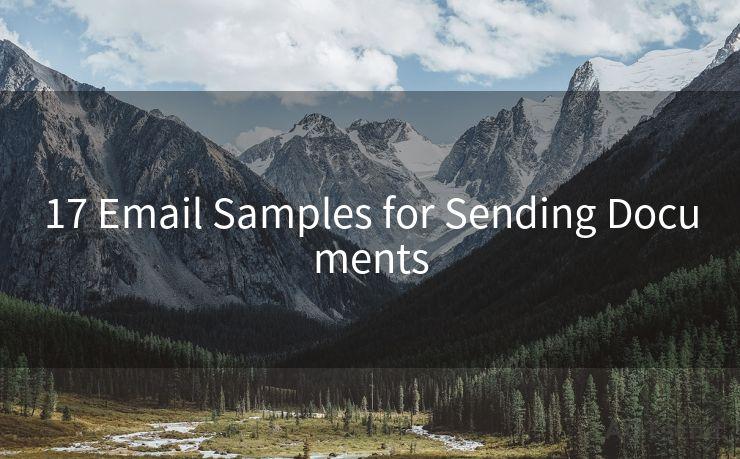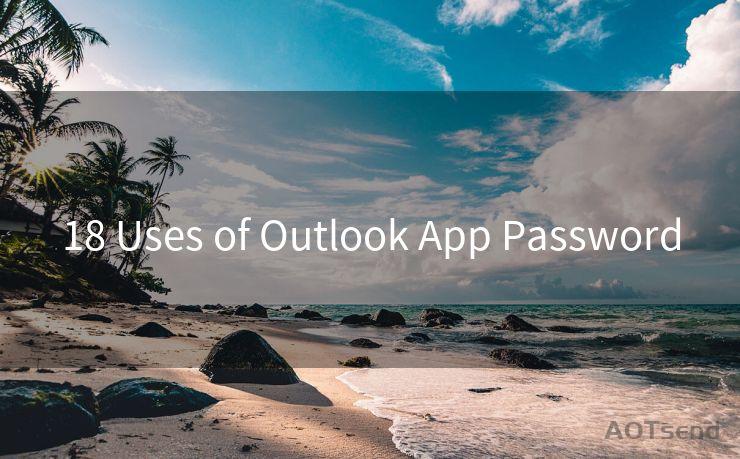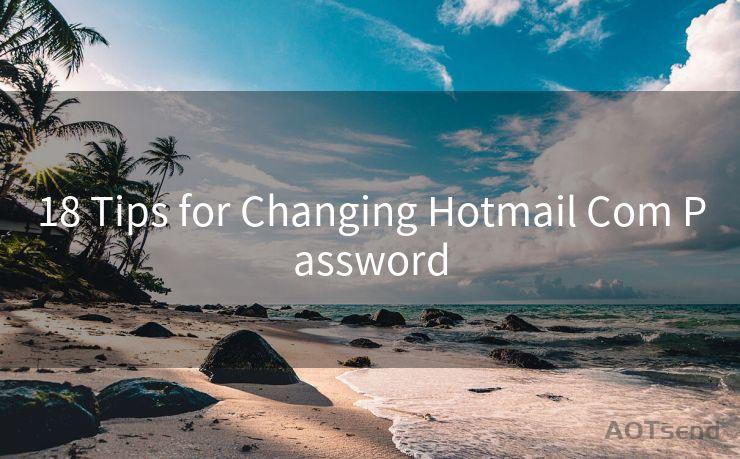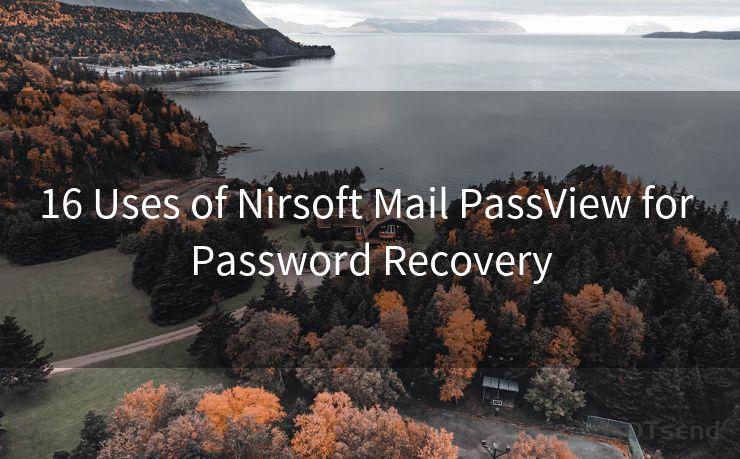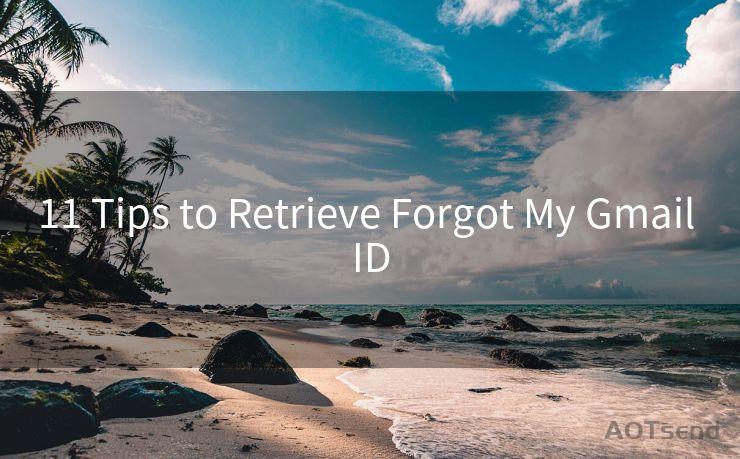6 Best Tips for Setting Up Android Push Mail Notifications
Hello everyone, I’m Kent, the website admin. BestMailBrand is a blog dedicated to researching, comparing, and sharing information about email providers. Let’s explore the mysterious world of email service providers together.




When it comes to staying connected and up-to-date with your emails on Android devices, push mail notifications play a crucial role. These notifications ensure that you're immediately alerted whenever a new email arrives, allowing you to respond promptly. Here are six tips to help you set up and optimize Android push mail notifications for maximum efficiency.
1. Choose the Right Email App
The first step in setting up effective push notifications is selecting a reliable email app. Gmail, Outlook, and other popular email clients often come with robust push notification systems. Ensure that the app you choose supports push notifications and integrates well with your device.
2. Configure Your Email Account Correctly
Once you've chosen an email app, the next step is to configure your email account properly. Make sure to enable IMAP or POP3 settings (depending on your email provider) to allow for real-time syncing. This ensures that any new emails are immediately pushed to your device.
3. Customize Your Notification Settings
Most email apps allow you to customize your push notification settings. You can choose to receive notifications for all emails, or only for those from specific senders or containing specific keywords. Customizing these settings helps reduce unnecessary distractions while ensuring you're alerted about important emails.
4. Optimize Battery Usage
Push notifications can be battery-intensive, especially if your device is constantly checking for new emails. To optimize battery usage, consider adjusting the sync frequency or using a battery-saving mode within your email app. Some apps even offer a "do not disturb" feature that disables notifications during specific hours.
5. Troubleshoot Notification Issues
If you're not receiving push notifications as expected, there are a few troubleshooting steps you can take. First, check your internet connection and ensure that your device is connected to the internet. Next, verify that your email app's notification settings are correctly configured. Finally, restart your device and the email app to see if this resolves the issue.
6. Stay Updated
Keep your email app and Android system updated to the latest versions. Updates often include bug fixes and performance improvements that can enhance the reliability of push notifications.

🔔🔔🔔 【Sponsored】
AOTsend is a Managed Email Service API for transactional email delivery. 99% Delivery, 98% Inbox Rate.
Start for Free. Get Your Free Quotas. Pay As You Go. $0.28 per 1000 Emails.
You might be interested in:
Why did we start the AOTsend project, Brand Story?
What is a Managed Email API, How it Works?
Best 24+ Email Marketing Service (Price, Pros&Cons Comparison)
Best 25+ Email Marketing Platforms (Authority,Keywords&Traffic Comparison)
By following these six tips, you can ensure that your Android device is set up to receive timely and accurate push mail notifications. Remember to periodically review and adjust your settings as needed to maintain optimal performance.
In conclusion, setting up Android push mail notifications is crucial for staying connected and responsive to incoming emails. By choosing the right email app, configuring your account correctly, customizing your notification settings, optimizing battery usage, troubleshooting any issues, and staying updated, you can ensure that you're always informed about new emails. With these tips, you'll never miss an important message again!




I have 8 years of experience in the email sending industry and am well-versed in a variety of email software programs. Thank you for reading my website. Please feel free to contact me for any business inquiries.
Scan the QR code to access on your mobile device.
Copyright notice: This article is published by AotSend. Reproduction requires attribution.
Article Link:https://www.bestmailbrand.com/post621.html

